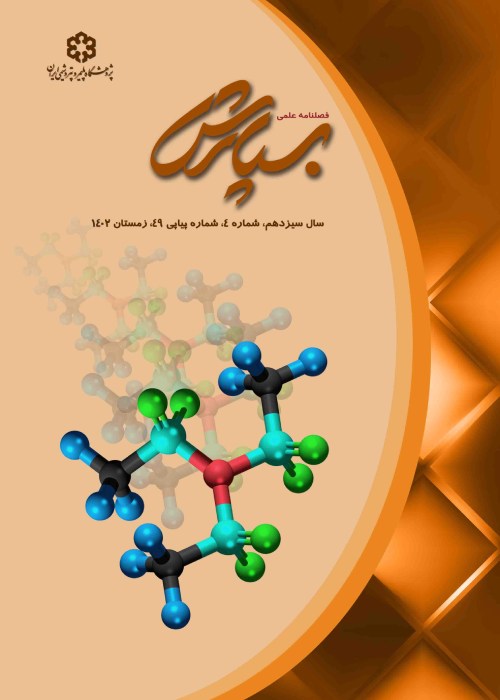Crosslinking of Cellulose for Improvement of Wet Strength in Papers
Author(s):
Abstract:
Today different resins are used in order to crosslink the cellulose fibers in paper products and improve their strength characteristics، especially wet strength. Some neutral، low-molecular-weight molecules (formaldehyde، glyoxal) can impart wet strength if they are retained and dried up in pulp. However، these materials cannot be used at the wet end of a paper machine، since they lack a means of retention. Polyamide-epichlorohydrin (PAE) and glyoxylated acrylamide (GPAM) resins are applied in papers made under alkaline condition. Polyamide-epichlorohydrin (PAE) and glyoxylated acrylamide (GPAM) resins are applied extensively، which are retained by fiber and improve the dry and wet strengths of the papers. Compared to PAE، GPAM presents some advantages such as more efficiency in increasing the wet and dry strengths of paper، retention of fine and drainage of pulp. The curing of GPAM occurs at room temperature and therefore it is able to improve wet strengths of paper before drying. This reduces paper breakage during the open draw transfer of paper and improves paper machine efficiency. Overall، GPAM is a valuable resin which may be applied in papermaking successfully.
Keywords:
Language:
Persian
Published:
Polymerization, Volume:3 Issue: 4, 2014
Pages:
49 to 57
magiran.com/p1249231
دانلود و مطالعه متن این مقاله با یکی از روشهای زیر امکان پذیر است:
اشتراک شخصی
با عضویت و پرداخت آنلاین حق اشتراک یکساله به مبلغ 1,390,000ريال میتوانید 70 عنوان مطلب دانلود کنید!
اشتراک سازمانی
به کتابخانه دانشگاه یا محل کار خود پیشنهاد کنید تا اشتراک سازمانی این پایگاه را برای دسترسی نامحدود همه کاربران به متن مطالب تهیه نمایند!
توجه!
- حق عضویت دریافتی صرف حمایت از نشریات عضو و نگهداری، تکمیل و توسعه مگیران میشود.
- پرداخت حق اشتراک و دانلود مقالات اجازه بازنشر آن در سایر رسانههای چاپی و دیجیتال را به کاربر نمیدهد.
In order to view content subscription is required
Personal subscription
Subscribe magiran.com for 70 € euros via PayPal and download 70 articles during a year.
Organization subscription
Please contact us to subscribe your university or library for unlimited access!



